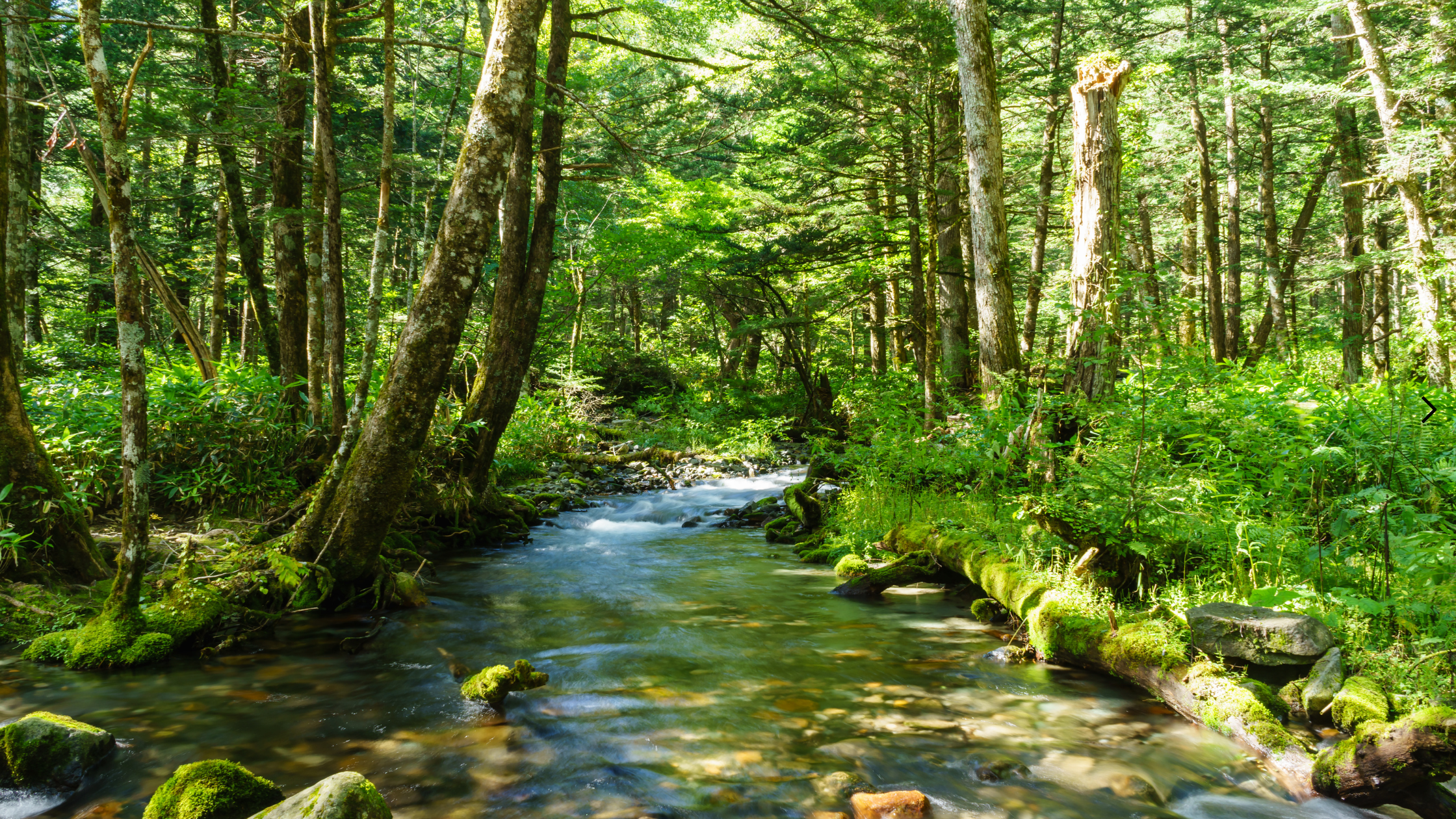FLA Keeps Watchful Eye On WOTUS
On December 30, the Environmental Protection Agency and U.S Department of the Army
released a notice of their final rule defining Waters of the United States (WOTUS). The final rule relies largely on pre-2015 guidance: starting with the 1986 regulations as a baseline and updated to include limitations by the Supreme Court on federal jurisdiction since then. The latest WOTUS rule is an attempt by the Biden administration to provide a more durable approach to protecting wetlands and streams that threads the needle between the broad Obama-era Clean Water Rule and more narrow Trump-era Navigable Waters Protection Rule. However, there is new language that may impact forest owners.
Under the pre-2015 guidance, when determining what waters are considered a “WOTUS” and are therefore under the jurisdiction of the Clean Water Act, there are two tests that can be used: the Significant Nexus Test and the Relative Permanence Test.
The Significant Nexus Test determines whether smaller water bodies or wetlands substantially affect the chemical, physical, or biological integrity of larger navigable waters. The Relative Permanence Test says that only “relatively permanent, standing or continuously flowing bodies of water” such as streams, oceans, rivers, and lakes should be considered as Waters of the U.S. and that only wetlands that shared a “continuous surface connection” with a relatively permanent body of water fall under Clean Water Act jurisdiction.
Landowners have long struggled with ambiguous language in these tests and the case-by-case determinations by the agencies to assert jurisdiction over water. Rather than provide language that clarifies the implementation of these tests, the final WOTUS rule broadens them.
How have the tests changed?
The Relative Permanence Test is no longer determined based on “seasonal flow”, but instead will now encompass anything that flows or has standing water more than just in direct correlation of a precipitation event. There are still no bright-line, quantitative cutoffs to provide clarity to landowners when determining if a water is relatively permanent and is therefore under the jurisdiction of the Clean Water Act.
The agencies have broadened the spatial scope of the Significant Nexus Test, adopting a “catchment” approach to determine if a water has a significant nexus to a larger navigable water. This means if a project area includes a non-navigable stream, the agencies will look at where that stream reaches a higher-order tributary, and everything upstream from that point will be considered when determining the significant nexus. The new guidance for this test does not include any numerical limits for just how broad the spatial scope may be, leaving it open for interpretation and implementation on a case-by-case basis and allowing the agencies to assert jurisdiction over a wider area.
What does this mean for landowners?
The final rule has several potential implications for landowners, including:
- More confusion and regulatory uncertainty due to new, broader language in the two WOTUS tests.
- More headwaters and wetlands in a forest may be considered jurisdictional under the Clean Water Act.
- More waters that are WOTUS may trigger additional PGP compliance, more paperwork and permits that need to be done for pesticide and herbicide use, etc.
- Increased exposure to citizen suits.
- Potential impacts on water quality standards and states’ approaches to water regulations.
Is the final rule really final?
Although the final WOTUS rule will go into effect 60 days after publication in the Federal Register, we may still see changes to the rule well into 2023. The agencies crafted the final rule to be legally durable under the Supreme Court’s current precedent, but the outcome of the Sackett vs EPA Supreme Court (which we will likely see a decision on by this summer) may set a new precedent for the agencies to follow, leading to more legal challenges regarding the final rule.
Moreover, the Biden administration’s recently released Unified Agenda of Regulatory and Deregulatory Actions shows that the agencies are planning to revisit and revise the definition of WOTUS as early as November 2023 to “consider further refinements… in light of additional stakeholder engagement and implementation considerations, scientific developments, litigation, and environmental justice values.”
Although the final rule is more workable than the 2021 proposed rule, FLA will continue to keep a watchful eye on WOTUS and engage with the agencies to promote the regulatory certainty that landowners desperately need to own and operate their working forestland.
The final rule was published in the federal register on January 18, 2023, and will go into effect on March 20, 2023.
Find more information about the final rule here.
